Preparing and serving seafood can be a daunting task. Fish is so delicate that one extra minute of heat can turn a juicy, flaky filet into a dried-out disaster. But that same fragility also allows us to use unconventional methods to chemically transform the fish into its cooked consistency.
I've compiled four easy ways to cook fish that don't involve conventional oven, stove, or grilling preparation. These simple, no-cook methods are essential for anyone that hasn't the time or energy to waste on the delicacy of fish... but wants to eat a gourmet meal anyway!
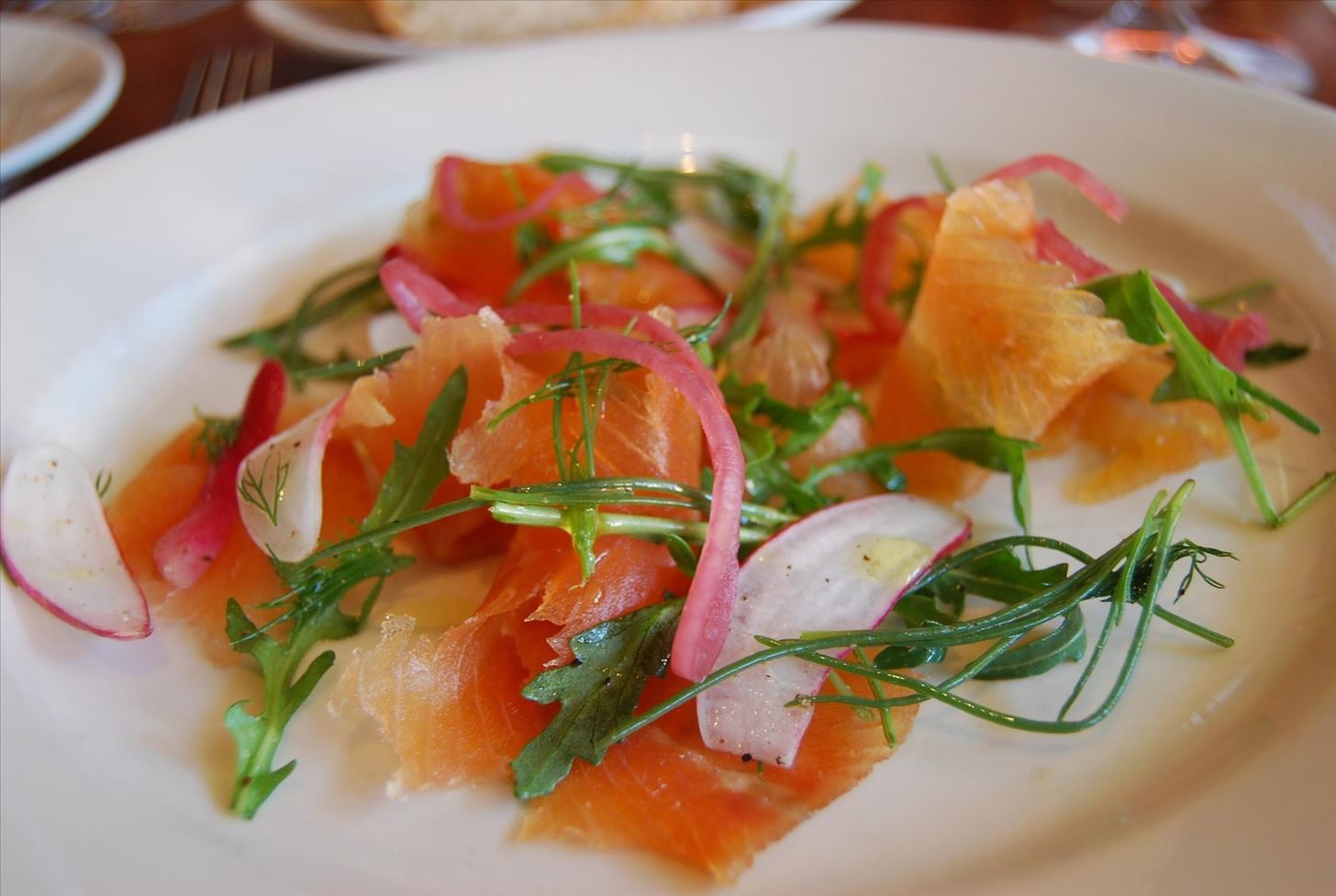
1. Microwave Your Fish
Many professional and home chefs are opposed to using microwaves because they believe that cooking with one causes a loss of nutrients or flavor. However, the loss of nutrition is a common misconception and blind taste tests have resulted in microwaved fish being touted as more delicious than other preparations. Therefore, using a microwave to cook fish is convenient and fast without compromising quality.
Now that we've discussed why microwaves are a great alternative to traditional cooking via stove or oven, let's talk about the best way to use a microwave to create perfectly moist and flavorful fish.
Instructions:
- Put the filet in a microwave-safe dish.
- Add seasoning to the filet: salt and pepper are a great start, but these are just the foundation for the multiple combinations of herbs and ground spices that can be used. Fruit or vegetables that can flavor the fish, such as lemon slices or orange slices, are optional (but recommended).
- Add a teaspoon of liquid, such as water or white wine. Again, feel free to experiment and improvise with flavors.
- Cover the dish, either with a microwave-safe lid or with plastic wrap. If using plastic wrap, make sure that the dish is covered tightly so that no steam escapes.

- Microwave the fish for at least 5 minutes on high heat. Depending on the wattage of your microwave and the thickness of your filet, times can wildly vary. If you have a microwave that cooks at 1,000 watts or more, start with 5 minutes and cook for an additional 30 seconds until the filet turns opaque.
- Be careful when removing the fish from the microwave and allow the dish to cool for a minute or two before removing the lid or plastic wrap. The trapped steam is very hot and can easily burn your skin.

2. Salt Cure Your Fish
The key to a successfully cured piece of fish is salt—with plenty of sugar to balance out the flavor. Salt draws moisture out of the fish, which kills the raw bacteria. (For more on the subject, Culinate has a thorough scientific explanation of the curing process.)

Curing requires advance preparation, but the effort is well worth the beautiful presentation. I recommend trying this excellent beetroot curing recipe, which infuses the salmon with a gorgeous purple color. Guests will be stunned by the gorgeous color of the salmon, and the advance preparation means you'll have the time away from the kitchen to receive their compliments.

3. Cook Your Fish with Acidity
The key to any seafood tartare or ceviche is acidity. By introducing acidity to thin pieces of fish or shellfish, the proteins begin to lose their original shape. This effectively changes the consistency of the meat and kills any bacteria lurking inside. As long as the pieces of fish are small and marinated for 10-30 minutes, the resulting fish is cooked and safe to eat.
The instructions are so simple that a recipe is unnecessary: simply cut your raw fish into small pieces, place in a container, then make sure that you have enough acidic liquid (in this case, lime juice) to cover the fish.

Cover the fish with plastic wrap, then place in the fridge for no longer than 30 minutes. (Beyond 30 minutes, the fish will lose its delicate consistency and taste overcooked.)

After 30 minutes, drain the excess juice and either serve as-is or with additional vegetables and seasonings.

4. Put Your Fish... In the Dishwasher?
Yes, it's true: cooking your food in the dishwasher is not only possible, it's also a great way to multitask chores and dinner. When you put uncooked fish with your preferred seasonings in an airtight container, the container can be placed on the top rack of the dishwasher and its contents will cook during the course of the rinse and dry cycle. We have some great recipes that range from vegetables to lasagna, and this recipe by Christina of The Things We'll Eat includes butter, garlic, and thyme.

The Best Way to Cook... Is Not at All
Fish is known as a delicate and easy-to-overcook protein, but these fun methods are guaranteed to keep your fishy dishes delicious and on point with little effort on your part required. Share which no-cook methods you've tried at home or are hoping to try thanks to this list in the comments below.
Do You Wish for More Fish Hacks?
Just updated your iPhone? You'll find new emoji, enhanced security, podcast transcripts, Apple Cash virtual numbers, and other useful features. There are even new additions hidden within Safari. Find out what's new and changed on your iPhone with the iOS 17.4 update.
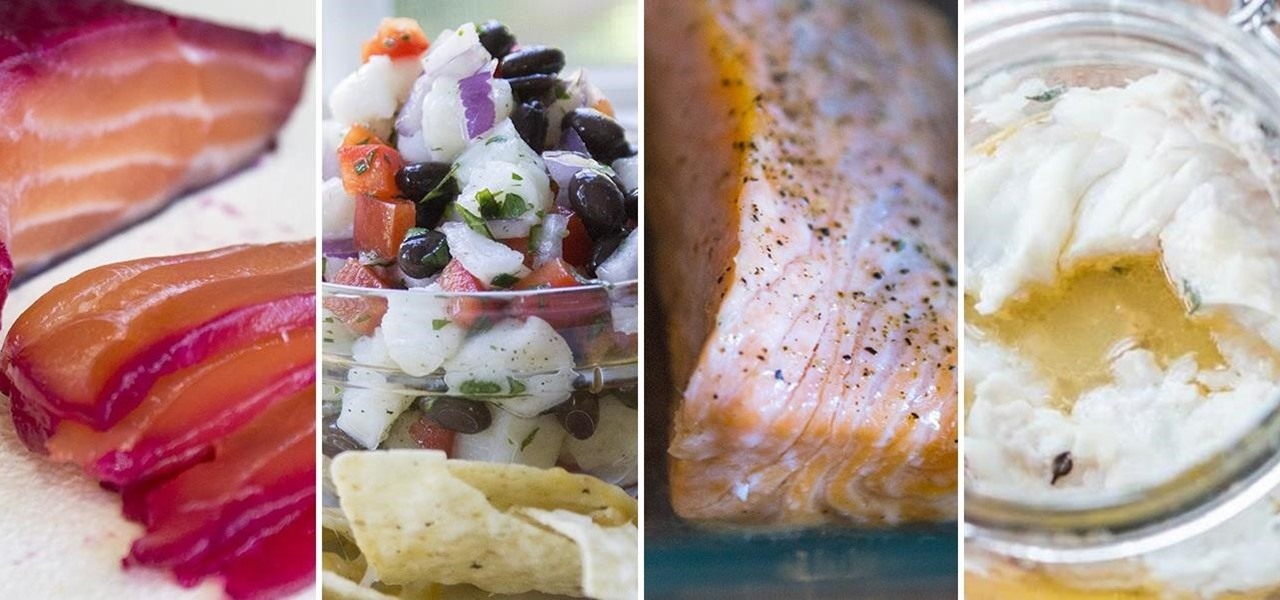



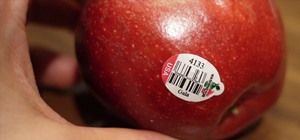





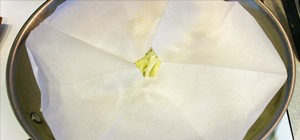

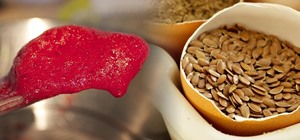

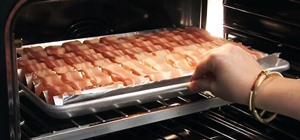








Be the First to Comment
Share Your Thoughts